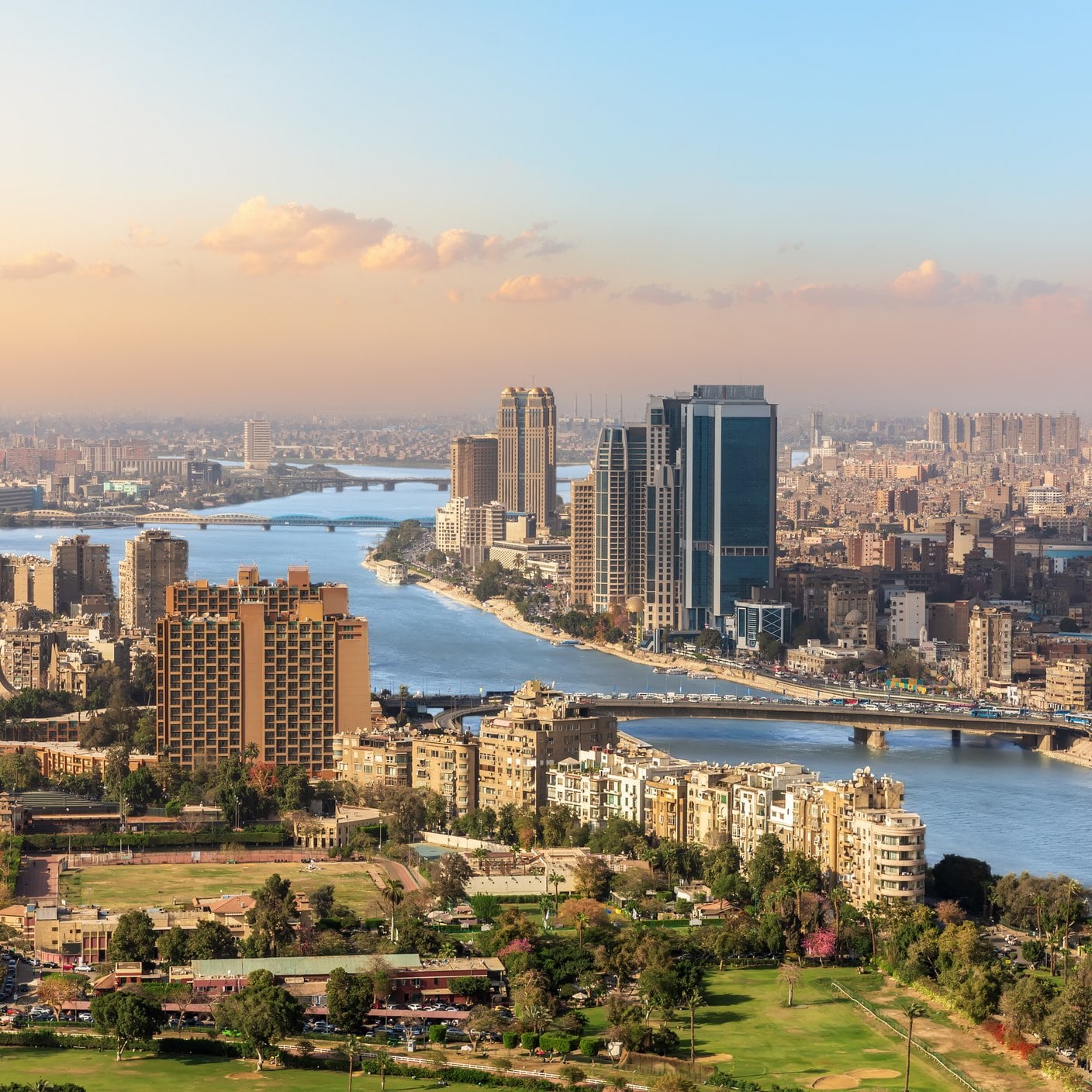If you've ever looked at your supplier list and thought, “I have no idea where to start,” you’re not the only one. Many (if not all) organizations these days face obstacles that feel impossible to overcome. Either organizations have hundreds or thousands of suppliers with no clear sense of priorities, or there’s too much riding on too few relationships.
“Many companies don't even know where their tier two or tier three suppliers are,” says Kara Brennion, Consulting Specialist specializing in supply chain mapping and risk intelligence at BSI Consulting. Only 30% of businesses have full visibility beyond tier 1 suppliers, leaving 70% exposed to hidden risks that could halt operations entirely.
What is supply chain risk mapping?
You might think you know your suppliers. You have spreadsheets with names, addresses, and contact information, but that's not really knowing your supply chain.
To have a full and deep understanding of your supply chain, you need to map it. Supply chain risk mapping is the process of identifying, visualizing, and assessing all the entities and relationships in the chain, from raw material suppliers through to manufacturing, logistics, and distribution. The goal of mapping is to understand where vulnerabilities exist and which partners pose the greatest risk to your operations.
Think of it as moving from a simple contact list to a strategic intelligence map. Instead of just knowing who your suppliers are and where they're located, you understand the risk landscape they operate in:
- Are your suppliers in politically unstable regions?
- Are current operations in areas prone to natural disasters?
- Are there labor compliance issues within this sector?
- How critical are those issues to business continuity and disruption prevention?
Why now?
Procurement, legal, risk management, sustainability, and operations teams are all impacted by supply chain visibility. There is a trio of challenges driving momentum towards better transparency:
1. Regulatory pressures: Laws like the Uyghur Forced Labor Prevention Act (UFLPA) in the US and the Corporate Sustainability Due Diligence Directive (CSDDD) in Europe, along with programs like the Customs-Trade Partnership Against Terrorism (CTPAT), are forcing organizations to prove they know what's happening deep within supply chains.
2. Disruptive events: These are inevitable, and everyone has experienced some sort of disruption, whether that’s from geopolitical conflicts or climate events.
3. Everyone's watching: Your customers want to know their purchases are ethical. Your employees want to work for responsible companies. Your investors want environmental, social, and governance (ESG) data. Transparency can’t just be a ”nice to have.”
Benefits of supply chain mapping
Aside from giving you better visibility into your partnerships, supply chain risk mapping offers many other benefits:
1. Faster response when problems hit. If you already know which suppliers are in high-risk zones, you can act immediately when a disruption happens rather than scrambling to figure out your exposure.
2. Better relationships with suppliers. Transparency builds trust. When you work with suppliers to understand and address risks together, you create sustainable partnerships rather than transactional relationships.
3. Smarter sourcing decisions. Instead of choosing suppliers purely on cost, you can factor in risk and make choices that save money and resources in the long run by avoiding disruptions and penalties.
4. Confidence with stakeholders. Whether it's an investor asking about ESG, a customer questioning labor practices, or a regulator requiring documentation, you have answers.
As Kara puts it, “It's going to build trust not only with your suppliers and regulators, but also with your customers and your internal teams.”
What comes next
Now, you should understand why supply chain risk mapping matters and why ignoring it is no longer an option. The regulations are here. The disruptions are real. And the stakeholders are watching. But understanding the “why” is only half the story. In the next part of our supply chain risk mapping series, we'll walk you through the practical framework for mapping your supply chain risks.
Meet our supply chain security experts
- Kara Brennion, Consulting Specialist, Security & Resilience
With extensive experience in open-source intelligence gathering and data management, Kara has a keen interest in complex security issues impacting supply chains.
- Tony Pelli, Global Practice Director, Security & Resilience
Tony has extensive experience in risk assessment, supplier risk management and strategy, and building customized supply chain risk management solutions.








